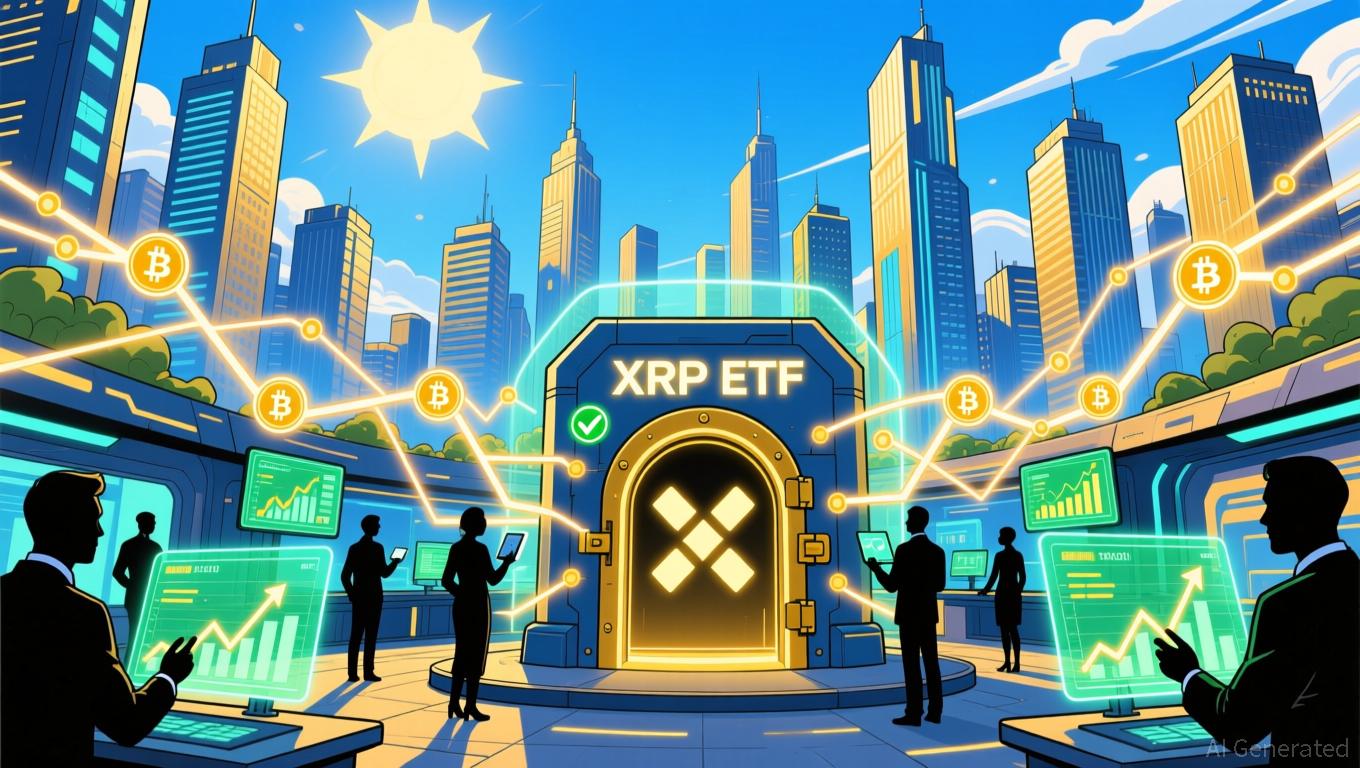The U.S. crypto sector is experiencing a major shift as spot ETFs for
XRP
and
Dogecoin
(DOGE) move closer to regulatory approval, with Grayscale and Franklin Templeton at the forefront.
Grayscale's Dogecoin ETF
(GDOG) and XRP ETF (GXRP) are scheduled to launch on the New York Stock Exchange on Nov. 24, giving investors a regulated way to access these cryptocurrencies through standard brokerage accounts. This development is part of
a wider wave of altcoin ETF greenlights
, spurred by the SEC’s new approach under Chairman Paul Atkins, which emphasizes transparency and disclosure. The introduction of these ETFs
represents a notable shift away from the previous reliance
on private trusts—vehicles that often traded at values above or below their underlying assets—and brings a model with improved liquidity and clearer asset custody.
Franklin Templeton CEO Jenny Johnson has called XRP the "industry standard" for blockchain-based financial systems, stating that its effectiveness in cross-border payments and institutional uptake surpasses Bitcoin’s speculative nature. Analyst Levi Rietveld quoted Johnson as saying
"Bitcoin is the greatest distraction from the greatest disruption"
coming to the financial sector, highlighting XRP’s potential for programmable, low-cost transactions. This view is supported by XRP’s technical strengths, such as fast processing times and suitability for institutional use, which have attracted attention from major companies like Mastercard and WebBank
according to Forbes analysis
.
The regulatory landscape is becoming more supportive of altcoin ETFs, with the SEC’s "Project Crypto" making the approval process more efficient. Bitwise and 21Shares have recently introduced their own XRP ETFs, joining other issuers like Grayscale, Canary Capital, and REX Shares. These offerings indicate a maturing market, with XRP’s $213 billion market cap and rising institutional interest making it a strong contender against
Bitcoin
and
Ethereum
according to CoinEdition
. For example, the Bitwise XRP ETF (ticker: XRP) launched with a 0.34% management fee and initial liquidity support, while Franklin Templeton’s XRPC ETF
reached $250 million in assets under management
just days after its introduction.
Market trends indicate that ETFs could help reduce XRP’s price swings. Despite a 26% drop in 2025, institutional interest and deflationary features—like the burning of XRP transaction fees—could help stabilize its value
according to Forbes analysis
. Still, challenges remain, including the risk of price manipulation by large holders and ongoing regulatory oversight. The SEC has expressed concerns about the concentration of XRP supply and the potential for market manipulation, though the CFTC’s possible move to classify XRP as a digital commodity might address some of these issues
according to Forbes analysis
.
For SMEs and fintech innovators, these ETFs create fresh possibilities. Greater liquidity and regulatory certainty—especially under frameworks like the EU’s MiCA—could make XRP an affordable solution for international payments and payroll. At the same time, institutional investors now have access to a market that was previously off-limits due to regulatory ambiguity
according to OneSafe
.
As the XRP ETF sector grows, attention will turn to sustained adoption and the market’s ability to withstand shocks. With several issuers competing for dominance, the environment resembles the Bitcoin ETF boom of 2024, where early investments led to rapid price increases. However, given today’s economic backdrop—including a 25% drop in Bitcoin and widespread crypto outflows—XRP’s ETF performance will likely hinge on its capacity to deliver real-world utility rather than just speculative gains
according to BSC News
.
